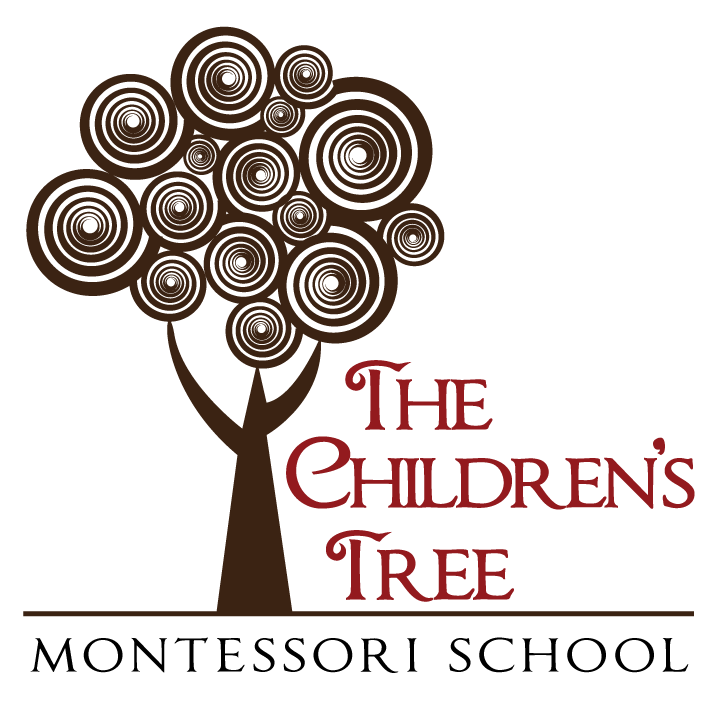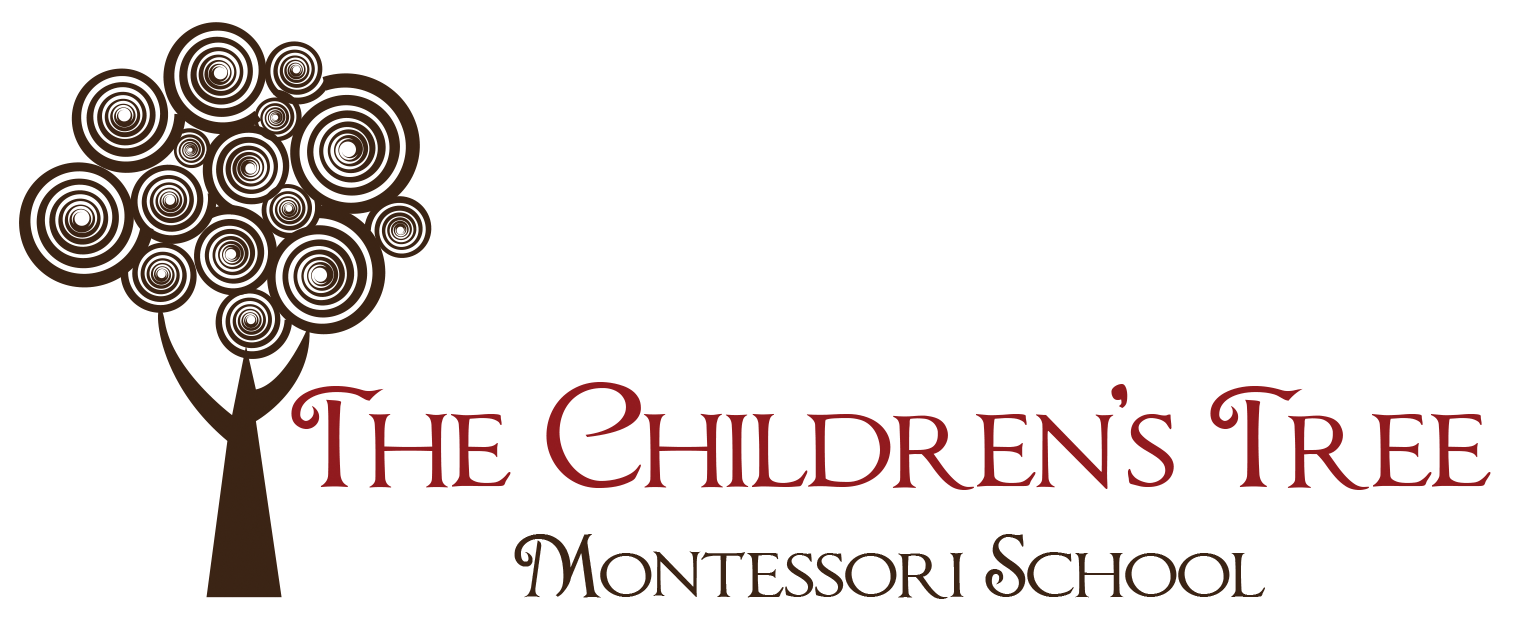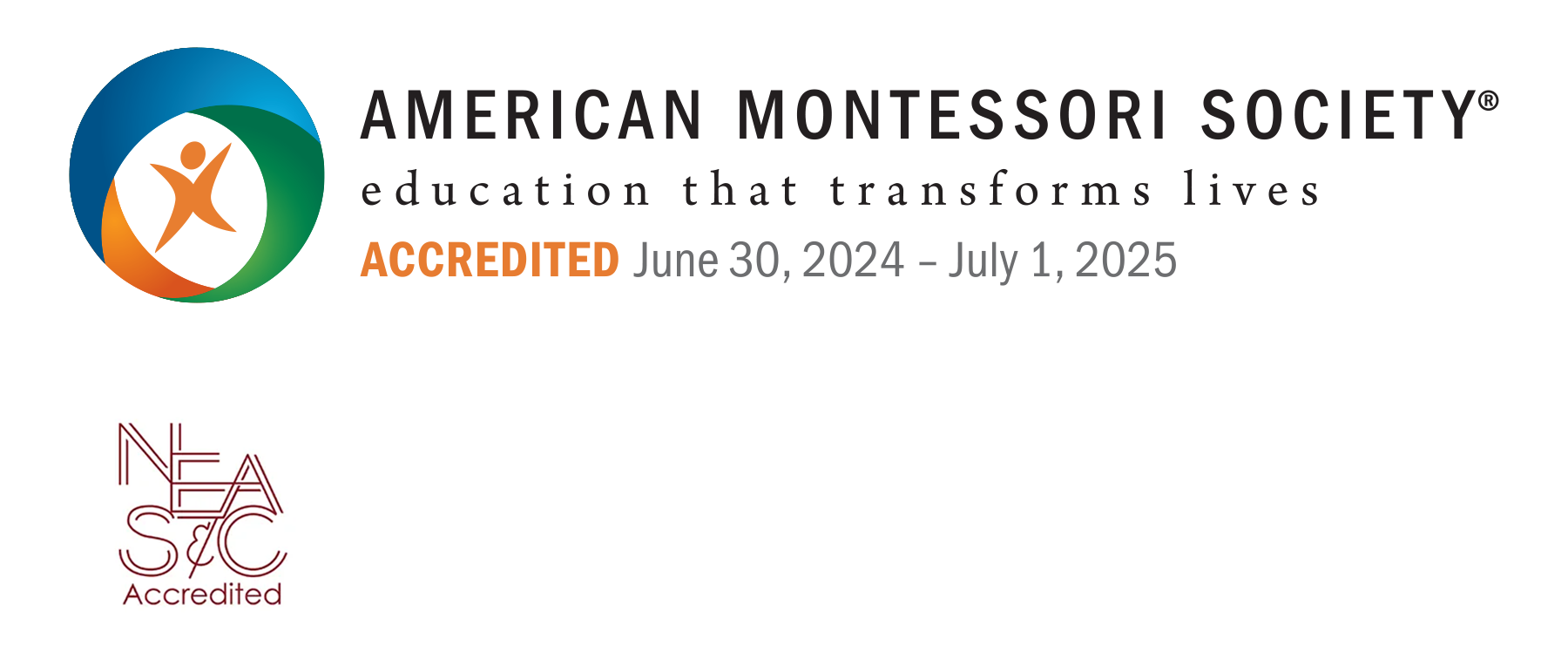Elementary Mathematics
Small Metal Inset Fractions
Segments of ten metal circles and ten metal squares represent halves through tenths. Used for designing and comparing, these small metal insets establish a foundation for understanding the concept of fractions. Using the same small metal inset material, several sequenced lessons lead the child to experiment with equivalencies, laying the groundwork for the concept of lowest common denominator. Initial lesson introduce the vocabulary, integer, denominator and numerator.
Study of Decimal Fractions
The decimal checkerboard material includes the checkerboard, loose squares, the bead bars and symbols for the multiplicand and the multiplier. This material allows the child to experience geometric representation of decimal fraction multiplication, with an emphasis on place value.
Calculus
Children of this age love to reach back into history with their imaginations and reconstruct these needs and solutions and the creation of systems of learning. The Hindus introduced the use of “0.” Let the child try to do math without it! Where did algebra, calculus, trigonometry come from? They want to know!”
-Child of the World,
Essential Montessori for Age three to twelve
Algebra
The algebra materials consists of skittles and dice on a fulcrum which are manipulated to solve linear equations. As with most of the Montessori math curriculum, children develop a concrete understanding of algebra using a hands on approach. Elementary aged children develop this basic understanding of algebra prior to entering middle school.
The Montessori math curriculum provides children with an extraordinary understanding of the meaning of numbers. Anyone who has learned mathematics in a Montessori classroom can easily conceive of the difference between one hundred and one thousand, or the difference between a squared number and a cubed number. The carefully designed movement from concrete to the abstract allows the child to deeply understand complex mathematical principles.


